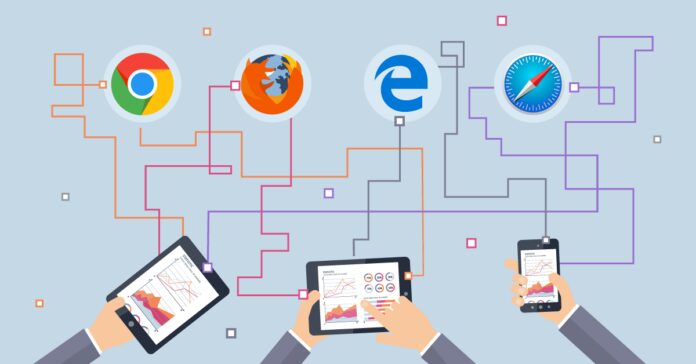
Building software products is incredibly challenging, even if you’re an experienced developer. Even the most seasoned developer can’t build everything they want to build, or as fast as they’d like to build it
There are many software development service providers such as SovTech that can work fluently on all queries. But mostly when you’re starting off as a developer in the market, there could be several challenges that can chase you into trouble!
Once you get past the initial hurdle of learning software development, you’ll be faced with a whole new set of hurdles in your day-to-day work. Here are just a few examples of those challenges:
1. Maintaining code quality

Maintaining code quality is more than just making sure your code works. It also means that you write readable, maintainable code, which helps you improve your software and makes it easier for others to work with.
While it can be tempting to rush through the coding process, this results in bad software and wastes time later on when you have to go back and refactor some parts of it.
2. Managing developers’ expectations
Managing the expectations of your team is an important part of your role as a product developer. As the lead developer, you have to keep everyone on track so that they can deliver what they promised in time.
You should first understand the expectations of your team members. You can do this by asking them questions, observing how they work, and getting feedback about their experiences.
Once you understand the different types of challenges each person faces, you can set clear expectations for them based on their skills and experience level.
3. Building precisely what the customer wants
You’ll likely face several challenges as a software product developer. One of the most common is building precisely what your customer wants.
As a developer, you want things to be done right, but customers often want the product to be exactly what they want, and they don’t want to wait for it or pay more for it.
This can lead to conflict between you and your client—and if not handled properly, it could harm your relationship with them and put a strain on their willingness to work with you on future projects.
4. Ensuring a constant stream of revenue

The importance of charging the right price for your product cannot be overstated.
It’s easy to get caught up in the excitement of creating something new and then completely forget about what it will cost you to get your innovative idea on the market.
This is especially true when it comes to software products, as they require significant resources and time before they can have an impact on your bottom line.
5. Being accountable for any bugs or glitches in their software
When you’re building a product, you are responsible for the quality of your code.
If there are bugs or glitches in your software, it’s up to you to fix them. You’ll have to communicate with customers about these issues and explain what happened.
You’ll also have to communicate with colleagues on the team who worked alongside you when developing the product—you don’t want anyone else feeling like they can’t do their job because they think they might be blamed for something that’s not their fault!
6. Handling project delays, including changes in the project requirements
It’s not uncommon for projects to get delayed or have changes in requirements. When this happens, it can be frustrating and can impact your ability to deliver the desired project outcomes. Here are some tips on how to handle delays and changes:
- Communicate with the team – Make sure everyone is aware of any changes that affect them.
- Communicate with your customer
- Communicate with your boss – Be proactive when talking about expected deliverables; let him/her know what you need in order for everything else within his/her department’s timeline.
7. Meeting deadlines

Every software product development has been in a situation where a deadline is looming and you’re still working on something.
You’ve got two days left before it’s due, but the best you can do is to get it done tomorrow.
The problem with this scenario is that you’re missing out on some of your most precious commodities: time and money.
8. Developing a product that both the internal team and customers are happy with
The second challenge is to develop a product that both the internal team and customers are happy with.
Customers want a product that is easy to use, fast, secure, and easy to integrate and maintain. While these all sound like simple things for any developer to do it isn’t always so simple.
There are many challenges when it comes to building products for both internal teams and customers; however, this can be overcome with the right tools in place which we will discuss shortly.
9. Optimizing development operations to increase efficiency
This can be linked to the following conditions when developers are required to make all fixes within the app or site:
- Continuous integration
- Code reviews
- Test automation
- Code management, including version control and code quality tools
- Automation, both manual and automated
10. Ensuring your application is compatible with all browsers and devices

Ensuring your application works on all browsers and devices is critical to your business. Failure to do so can result in a poor user experience, loss of revenue, and customer dissatisfaction.
Conclusion
I hope we’ve motivated you (and helped ease your apprehension about embarking on a plant-based lifestyle).
You must keep trying no matter what. This journey can take time and looks different for every individual, so don’t be too hard on yourself if you slip up.











